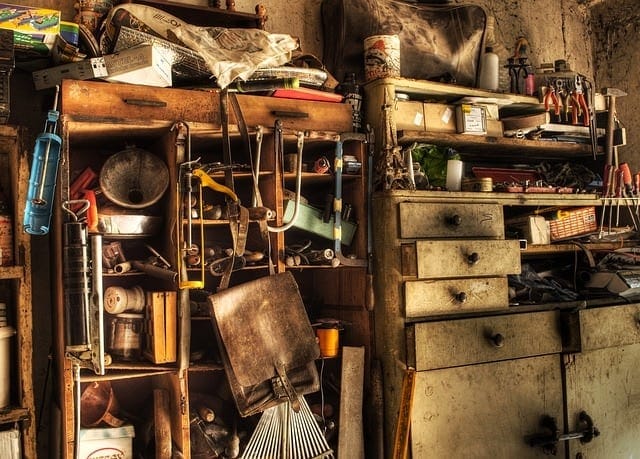The typical American home is cluttered with things, and it is causing significant stress to families – according to a team of UCLA researchers:
Their team went into 32 typical middle-class, dual-income family homes, finding that people in some homes had over 2,000 possessions in just three rooms.
The result of their work was a fascinating book called Life at Home in the Twenty-First Century: 32 Families Open their Doors.
Americans were driven, said the authors, by a “willingness to work hard and shop hard, purchasing one well-marketed new product after another and taking on debt in a vigorous show of consumerism.”
What happens when incessant purchasing is married to hoarding, however?
We know that clutter can pose a risk for falls and injuries at home, but its dangers extend to undermining the very basis of family life.
Also Read: What are the 6 types of anxiety disorders
Why can Hoarding Lead to Broken Families?
When saving possessions gets out of hand, it could indicate that a person has a disorder called ‘compulsive hoarding’.
Research by University of Michigan scientists shows exactly how possessions can tear families apart. The person who hoards simply does not see clutter as a problem. “What matters is the fact that these things have importance to them and the loss of these things would trigger distress,” say researchers.
Hoarding can reach breaking points when some parts of the home become completely blocked off by piles of items, living spaces become unhygienic, and insects and pests begin to live and breed beneath and within hoarded furniture and items.
It can get to a point in which family members can no longer co-exist.
Researchers say that some teens take to the streets because there is no room in their homes for them. Children, too, can suffer because they do not feel comfortable having friends over.
Also Read: 10 Solo travel tips to get you wandering
What Health Risks does Hoarding Pose?
Hoarding can cause falls and injuries within homes, which is particularly dangerous in homes in which small children and senior adults reside.
Hoarding can harm health at work and at play. In offices, for instance, clutter has been found to increase the risk of fires and even harm the structural integrity of buildings:
Much the same risks apply to the home. Piles of papers can easily be set aflame, spreading flames from one side of a room to another rapidly.
Hoarding also poses psychological risks, since cluttered spaces can be triggers for anxiety and there is also a strong link between hoarding, depression, and poor sleep.
Also Read: 3 different types of Yoga for beginners
Getting Help
If anybody in your family has difficulty letting go of possessions that they do not really need or that do not authentically enhance their life, the sooner the problem is addressed, the better.
Treatment for hoarding normally comprises cognitive-behavioral therapy (CBT). Therapists aim to enlighten patients on the reasons they hoard and to slowly wean them off possessions by setting practical tasks.
Most clients are asked to do away with items that are easier to let go of, slowly working their way towards more meaningful items.
Once clients make good progress, they may see their therapist a couple of times more, to ensure that good habits are being maintained:
Positive habits include storing away items immediately once purchased, regularly tidying up at home, and carrying out a bigger clean-up in the spring season.
Related: 10 Best Attic Antennas For Cable-Free TV
Conclusion
Clutter is annoying for anyone living or working in its proximity. It poses a risk for fires and falls but is also strongly related to mental conditions such as depression.
If a family member displays hoarding behavior, CBT can be a big help. By changing habits one day at a time, clutter can be progressively reduced until it ceases to exist altogether.

